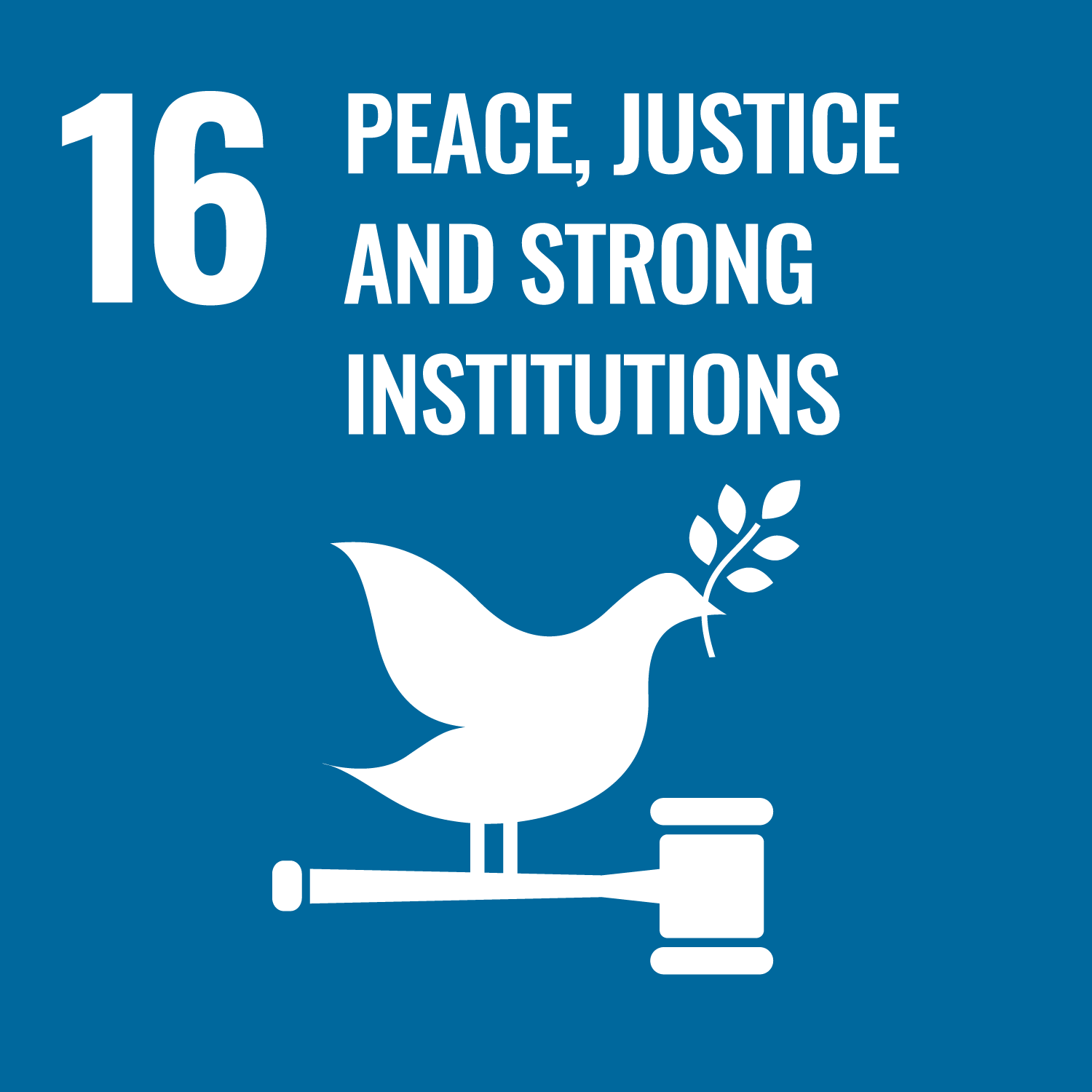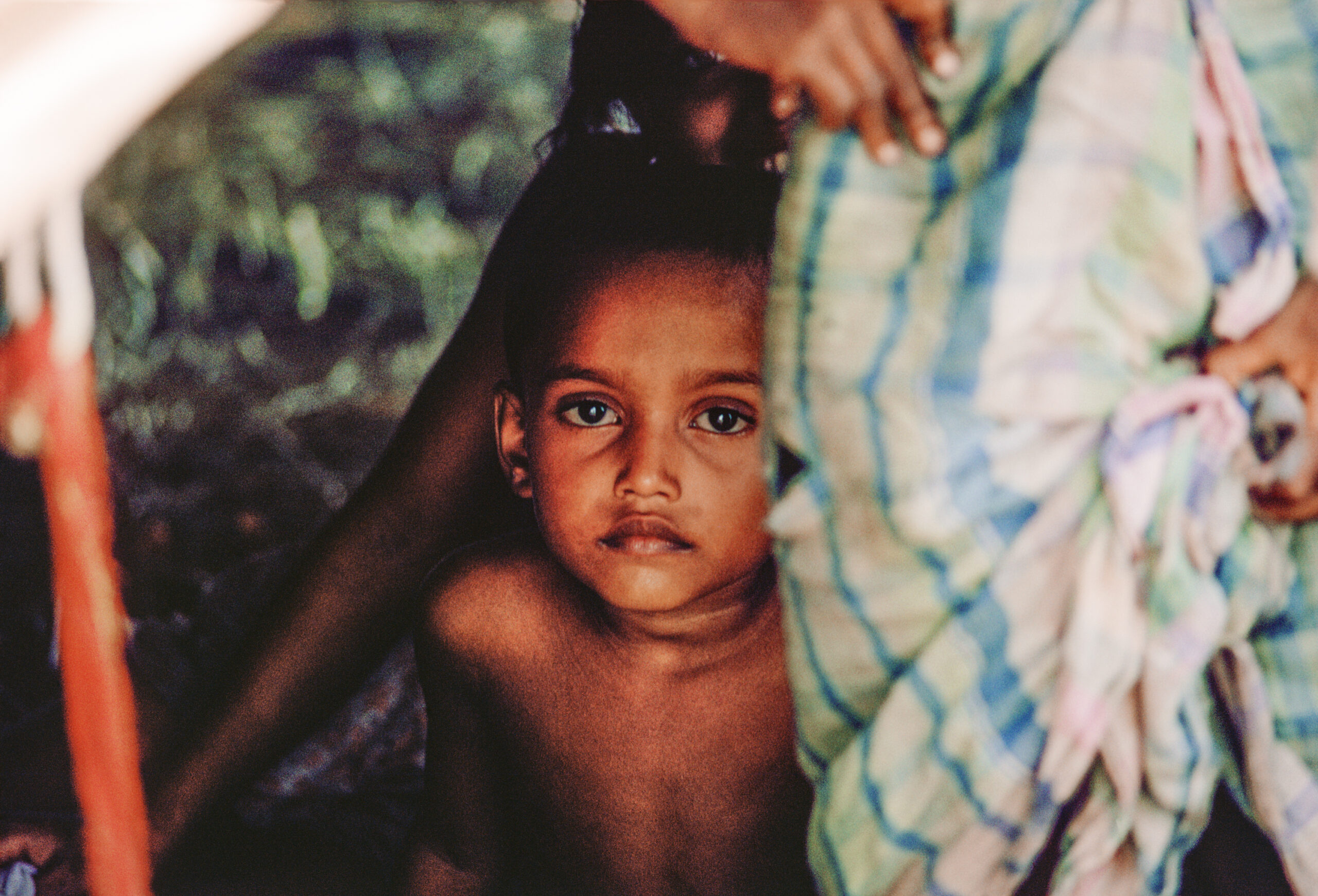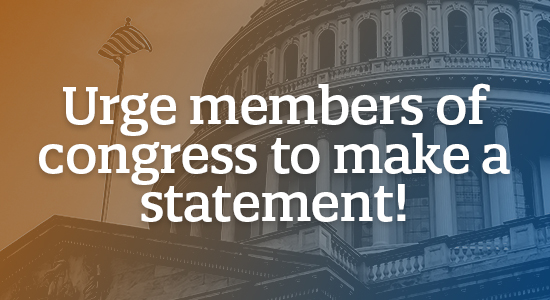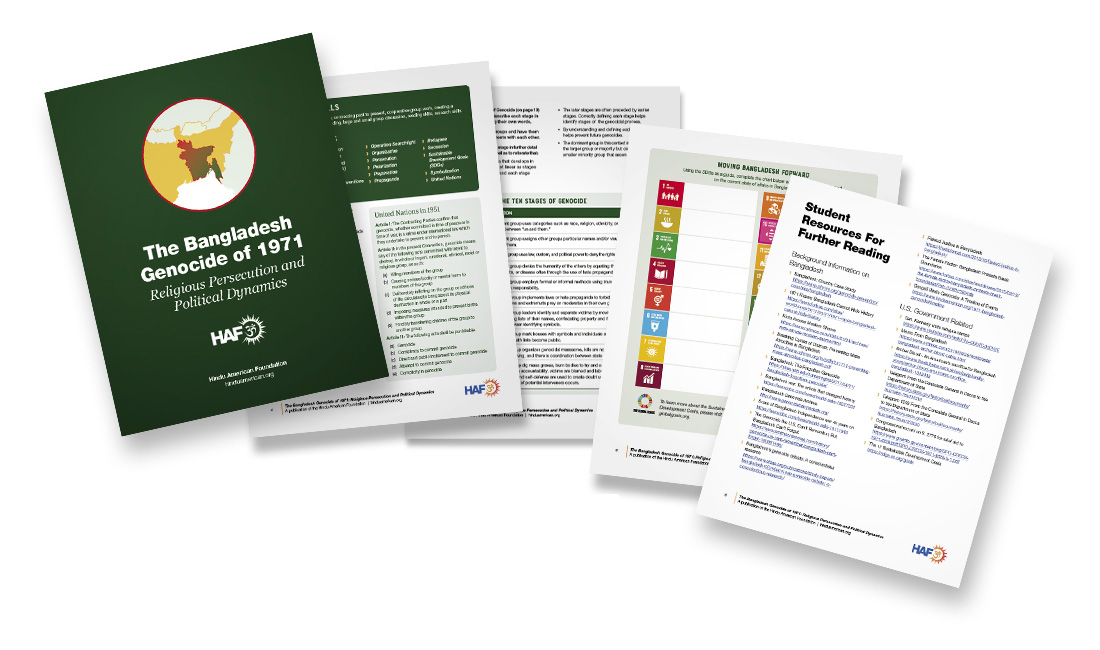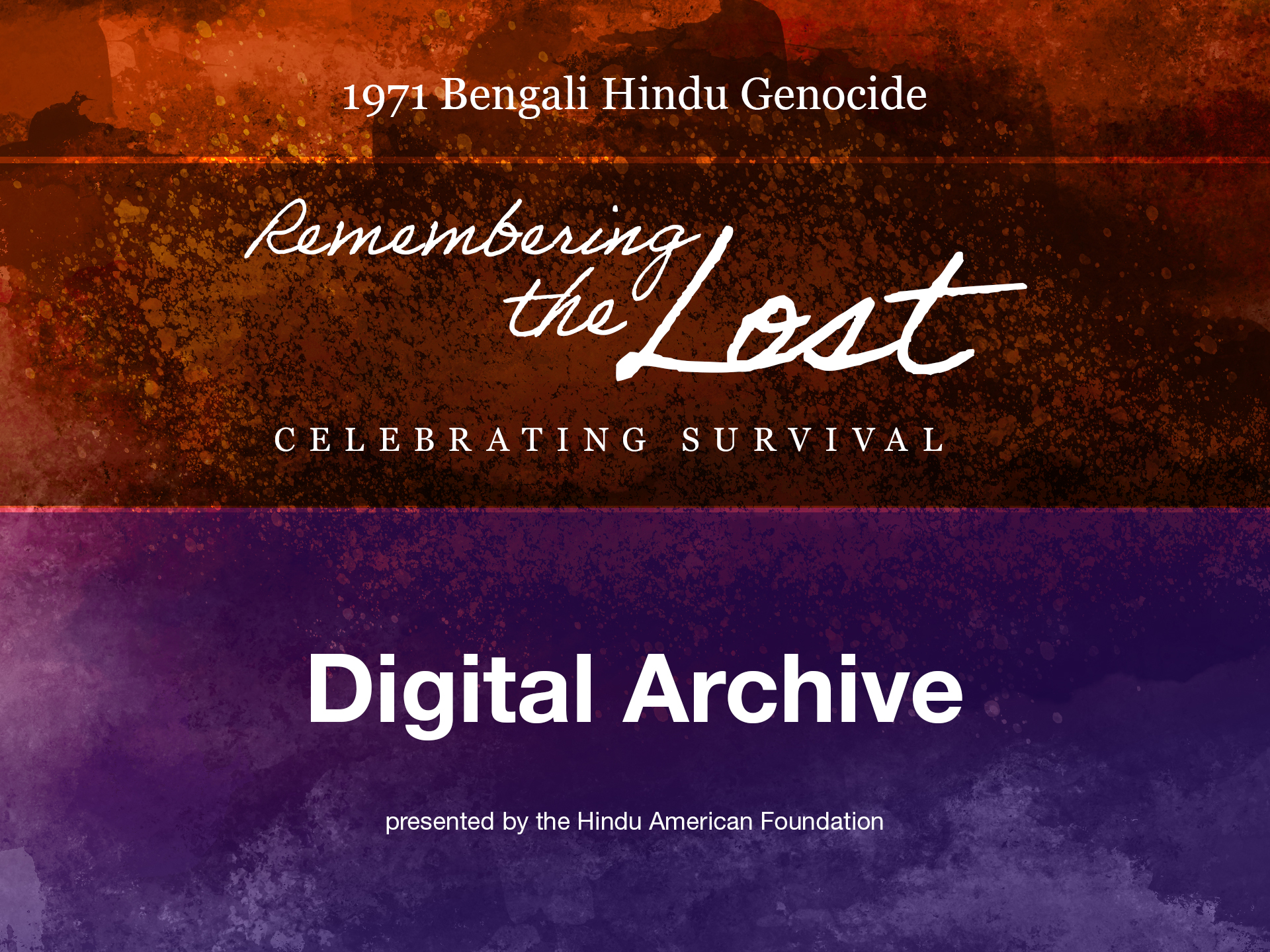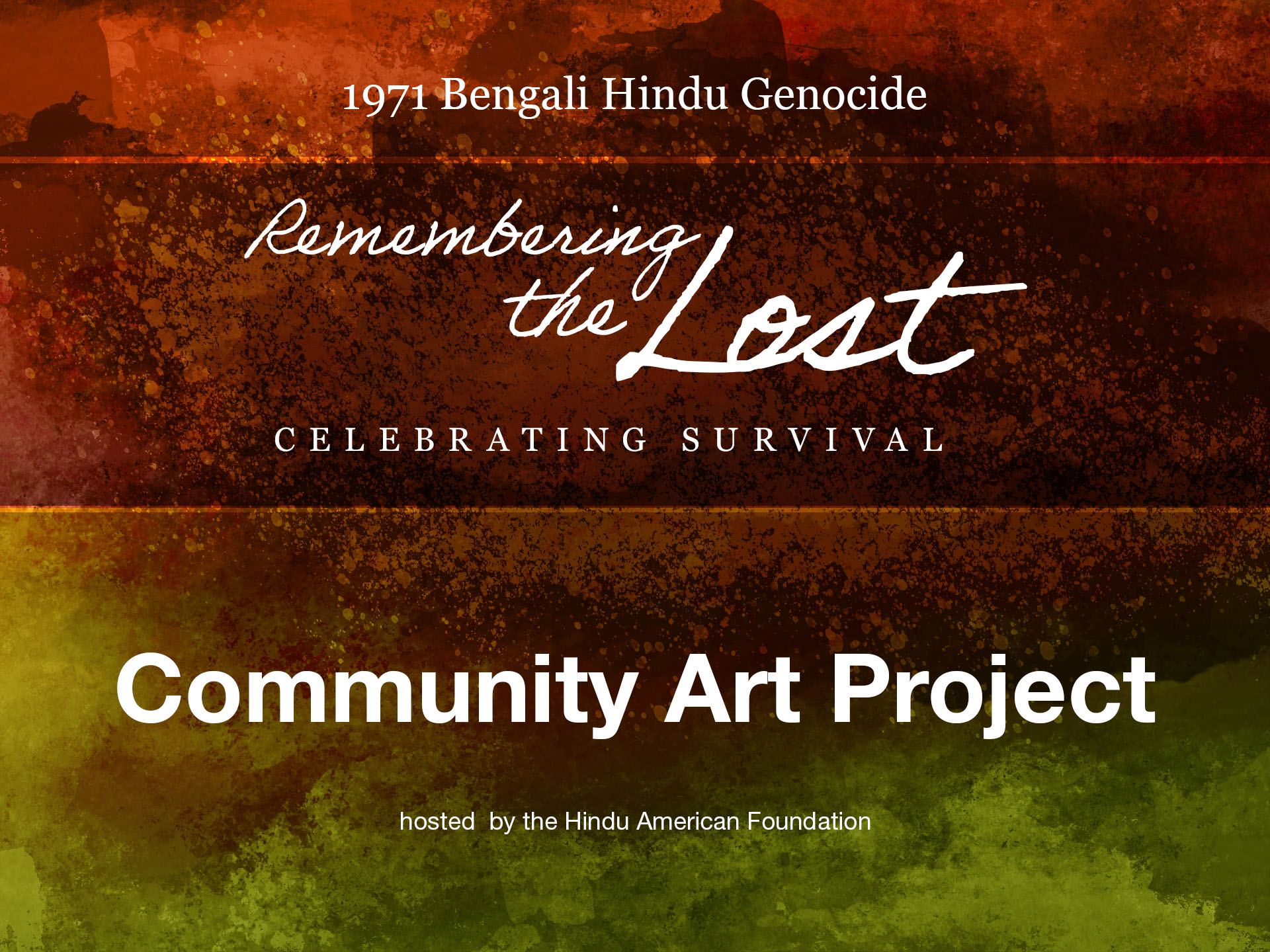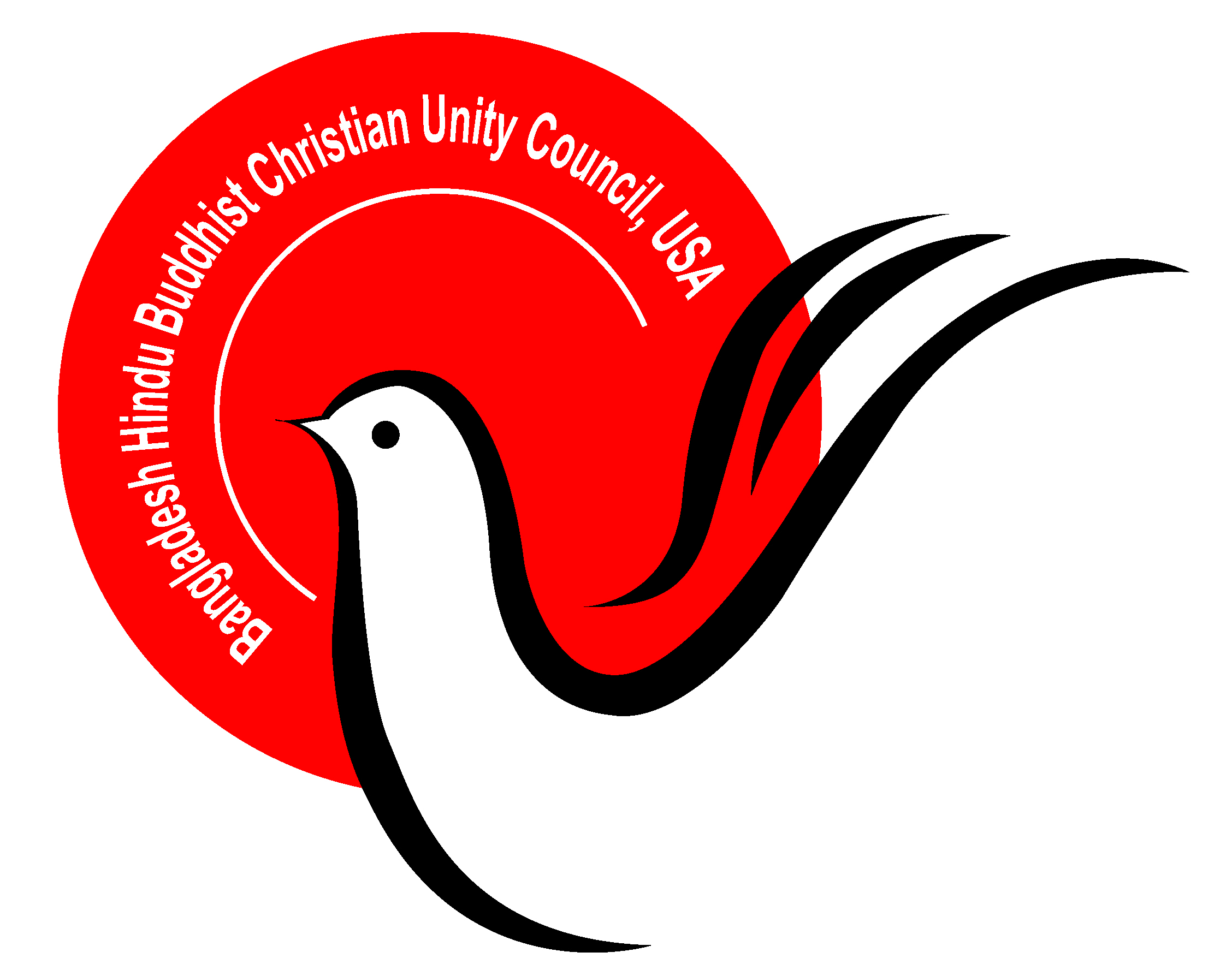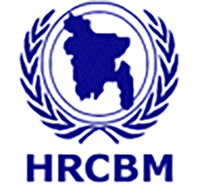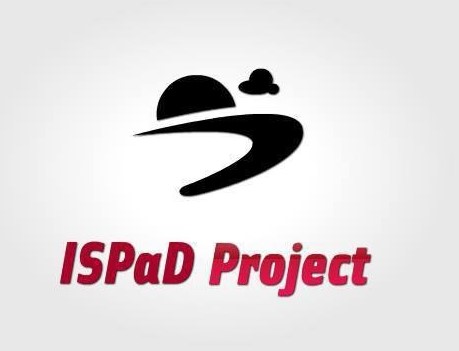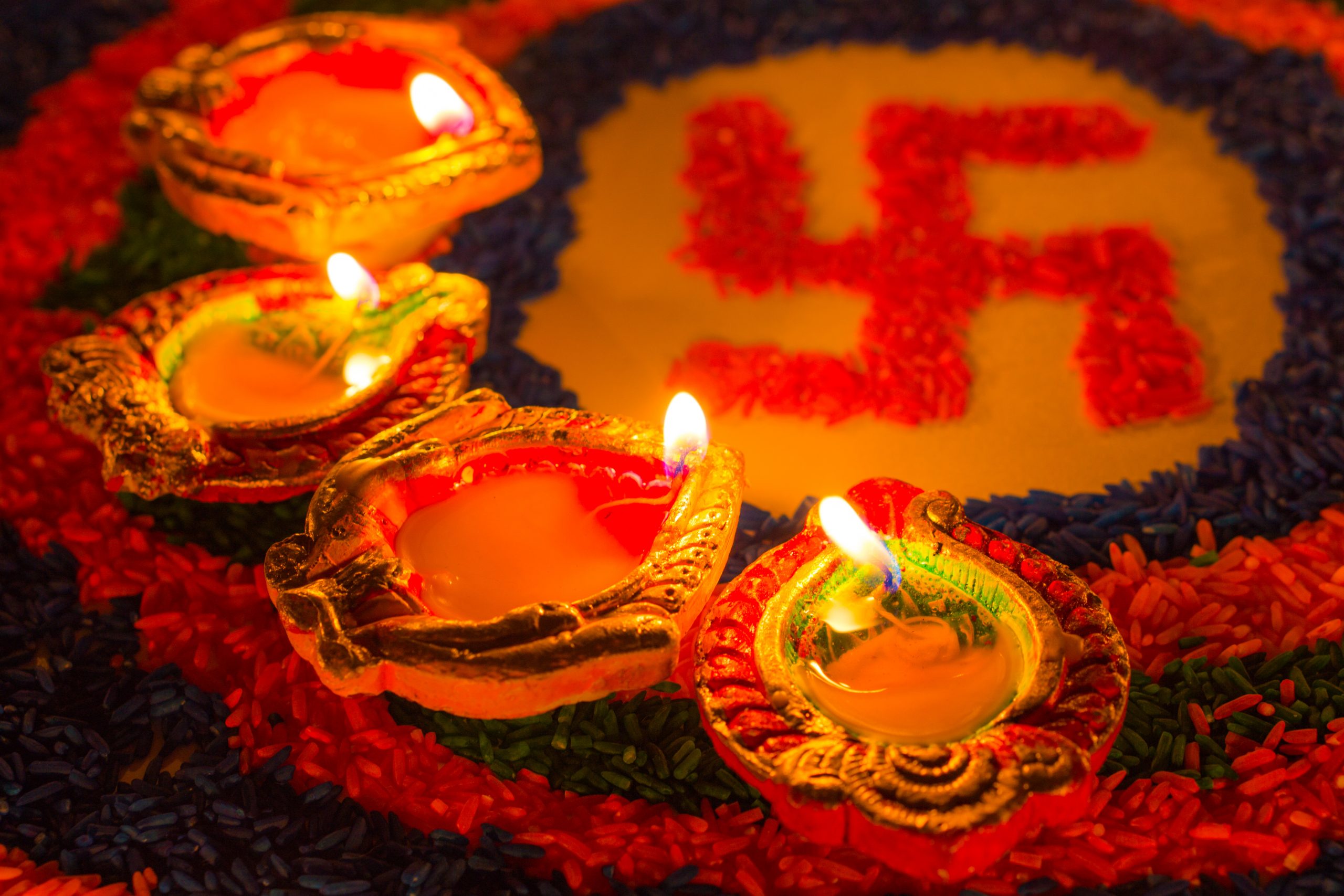Bangladesh’s (formerly East Pakistan) independence from Pakistan in 1971 was the culmination of several long standing factors, including linguistic and cultural repression, economic marginalization, political disenfranchisement, and a quest for greater provincial autonomy.
The West Pakistani military and civilian elite sought to create a cohesive polity unified by Islam and the Urdu language. In the process, they suppressed the Bengali culture and language, which was viewed as closely linked to Hinduism and therefore, a threat to their conception of an Islamic nation.
The Bangladeshi independence movement in 1971 was met with a brutal genocidal campaign of violence by the Pakistani army and local Islamist militias. The conflict resulted in the massacre of an estimated three million East Pakistani citizens, the ethnic cleansing of 10 million ethnic Bengalis who fled to India, and the rape of at least 200,000 women (some estimates put the number of rape victims at closer to 400,000). Hindus were the special targets of this violence, as documented by official government correspondence and documents from the United States, Pakistan, and India. However all Bengalis, regardless of religious identity were targeted. The Pakistan military’s conflation of Hindu, Bengali, and Indian identities meant that all Bengalis (the majority of people in Bangladesh) were suspect. A Bengali identity assumed a Hindu identity, which in turn assumed Indian Identity.
American Consul-General and the senior US diplomat in Dhaka at the time, Archer Blood, repeatedly warned government officials in Washington about the violence and the selective targeting of Hindus:
“Genocide’ applies fully to naked, calculated and widespread selection of Hindus for special treatment…From outset various members of American community have witnessed either burning down of Hindu villages, Hindu enclaves in Dacca and shooting of Hindus attempting [to] escape carnage, or have witnessed after-effects which [are] visible throughout Dacca today…
Blood further noted that the Pakistani military was engaged in the “mass killing of unarmed civilians, the systematic elimination of the intelligentsia and the annihilation of the Hindu population.”
Despite this assessment, the Nixon Administration continued to support the Pakistani regime.
Subsequent to the war, a report from the International Commission of Jurists (ICJ) found that the Pakistani army massacred civilians and attempted to exterminate or drive out the Hindu population. The ICJ indicated that there was “a strong prima facie case that criminal offences were committed in international law, namely war crimes and crimes against humanity under the law relating to armed conflict, breaches of Article 3 of the Geneva Conventions 1949, and acts of genocide under the Genocide Convention 1949 [1948].” Similarly, senior Pakistani military officers admitted to selectively targeting Hindus during a Pakistani postwar judicial inquiry.
During the war, Biharis native to Bangladesh enlisted as razakars, a paramilitary volunteer force of the Pakistani Army. After the war, many Biharis were targeted and killed by Bengali mobs.
The war, along with other factors, including the increased power of radical groups, has led to a precipitous decline in the Hindu population in what is now Bangladesh. Specifically, the Hindu population has steadily declined from 31% in 1947 to 19% in 1961 and 14% in 1974, to less than 9% today.
Dr. Abul Barkat of Dhaka University projects that Hindus will be nonexistent in Bangladesh in three decades if their population continues to decline and leave the country at the current rate. According to Dr. Barkat, 11.3 million Hindus fled Bangladesh on account of religious persecution between 1964 and 2013. This amounted to 632 Hindus per day and 230,612 leaving the country every year.



